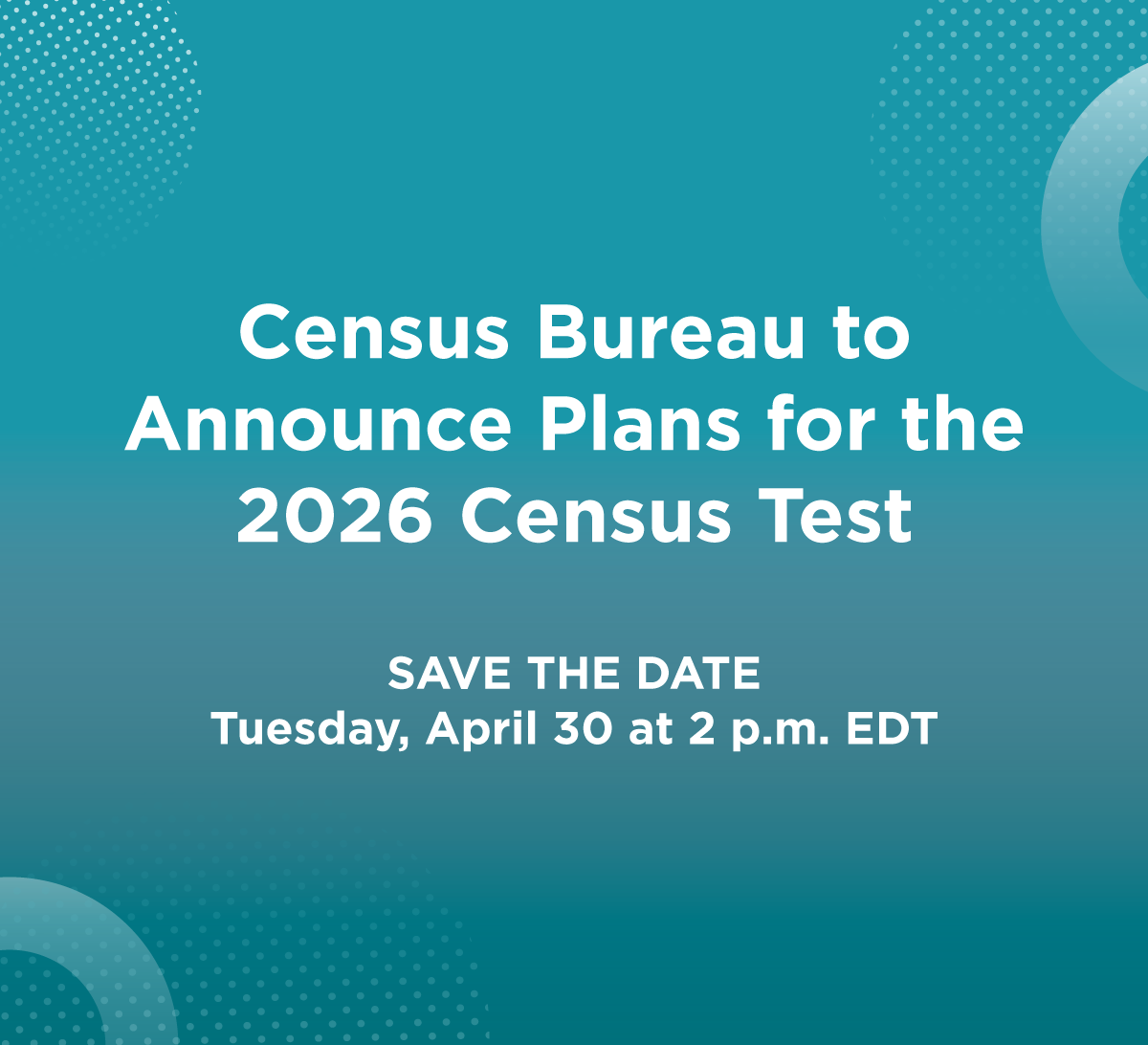Press Kit: The Changing Economics and Demographics of Young Adulthood from 1975 to 2016
Press Kit: The Changing Economics and Demographics of Young Adulthood from 1975 to 2016
Release Materials
Press Release
Publication
Figures
Tables
Sound Bites (downloadable)
Young Adult Report: Women Work
Transcript (SRT): Between 1975 and 2016, the share of young women who are homemakers fell from 43 percent to just 14 percent of all women age 25 to 34.
Young Adult Report: Men Income
Transcript (SRT): More young men are falling to the bottom of the income ladder. In 1975, only 25 percent, age 25 to 34, had incomes less than 30 thousand dollars per year. But by 2016, that share rose to 41 percent of young men.
Young Adult Report: Living with Parents
Transcript (SRT): More young people today live in their parent’s home than in any other arrangement. 1 in 3 young people or about 24 million lived in their parent’s home in 2015.
Young Adult Report: Independent Living
Transcript (SRT): In 2005, the majority of young adults lived independently in their own household. This was the predominant living arrangement in 35 states. Just a decade later, the number of states with the majority of young people lived independently fell to just 6.
Young Adult Report: Idle
Transcript (SRT): 1 in 4 young people living in their parent’s home are idle. That is they neither go to school nor work. This figure represents about 2.2 million 25 to 34 year olds living in their parent’s home.
Young Adult Report: Education
Transcript (SRT): Most of today’s Americans believe that educational and economic accomplishments are extremely important milestones in adulthood. In contrast, marriage and parenthood rank low. Over half of Americans believe that marrying and having children are not very important in order to become an adult.
Background Information
Archived Newsroom Products
Public Information Office Contacts
- News media: 301-763-3030 or pio@census.gov
- Non-media: 1-800-923-8282 or ask.census.gov
- Subscribe now to receive Census Bureau releases and information via e-mail or SMS.









